Quantitative Trading – Relative Value Strategy
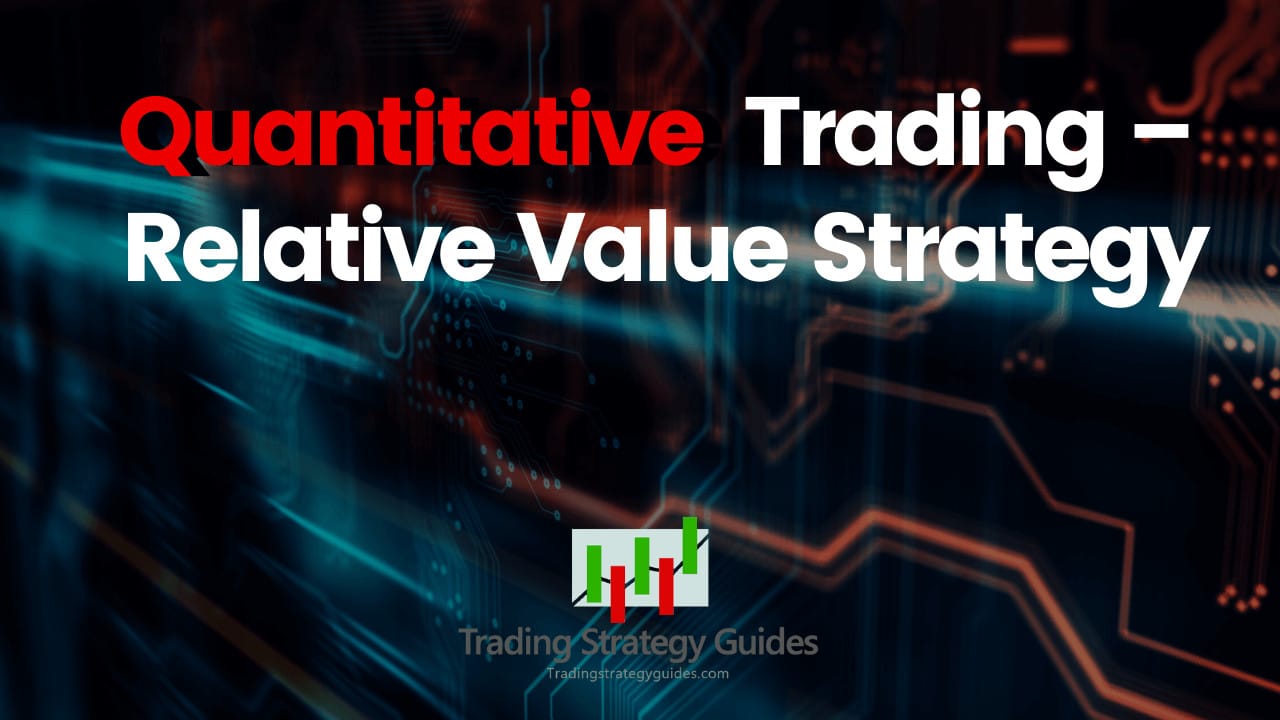
Quantitative trading has been popularized by a hedge fund billionaire Jim Simons. Through this guide, we’re going to explain in layman terms what is quant trading with some practical examples. More, you’re going to learn why the relative value strategy can help you capture profits from the mispricing of securities while keeping the risk at a minimum.
If this is your first time on our website, our team at Trading Strategy Guides welcomes you. Make sure you hit the subscribe button, so you get your Free Trading Strategy every week directly into your email box.
The quantitative investment strategies have become widespread nowadays. There were days when only the most sophisticated hedge fund managers on Wall Street used quant trading. But, with information traveling so fast and with technological advancement, nowadays even retail traders can have access to quantitative hedge fund strategies.
The explosion of information with the era of globalization makes the human brain alone almost useless for dealing with such amount of data. As the saying goes:
“There are too many rocks to turn one by one.”
That’s why we need quantitative trading strategies to survive in an environment where the rules of the game are tough. These strategies leverage modern technology to help ensure your trades are profitable.
Moving forward, we’re going to discuss various concepts related to quantitative trading and some of the most popular quant-based trading strategies.
Let’s get started…
What is Quant Trading?
Quantitative trading is a sophisticated investment strategy that relays on complex mathematical computations to identify trading opportunities. The quantitative analysis processes often rely on using high-speed computer programs
Most quant trading today includes quantitative strategies such as:
- High-frequency trading (HFT)
- Black box trading
- Algorithmic strategies (Algos)
- Arbitrage strategies
- Automated trading strategies
It’s easier to understand what is quant trading when compared to qualitative analysis.
Let’s answer this question first: what is qualitative analysis?
Basically, qualitative analysis is the process of making an investment decision based on subjective judgment and gut reaction.
In consequence, qualitative analysis is subject to multiple cognitive and behavioral errors.
On the other hand, quantitative trading uses computers and math to analyze the markets,
For this reason, the quant strategies are highly objective and virtually immune to the typical pitfalls of human judgment.
The bottom line is that even the quantitative trading strategies have pitfalls.
These pitfalls come from the way the data is processed.
Below we’re going to highlight some quant model examples.
Are you ready?
Quant Model Examples
The rules of the game have changed and some market indicators that were once highly trusted are now considered to be unreliable. Even some quant models that worked for decades are now broken.
While it’s important to challenge conventional wisdom, there are still some quant model examples that have stood the test of time.
To assess the effectiveness of the quantitative trading strategies we need to take into consideration the various market trading conditions. Markets change all the time and most quantitative strategies are designed to work in certain market environments.
Now, one more important thing that we need to cover is:
How many types of quantitative trading strategies are there?
Basically, most quant-based trading strategies fall into one of two categories:
- Relative value strategy
- Directional strategies
The relative value strategy seeks to take advantage of the price differential between similar instruments. This is a common arbitrage strategy, allowing investors to capitalize on the mean-reverting relationship between the two assets.
A good example of relative value trading would be trading the German government bonds versus the French government bonds. Hedge funds will seek to take advantage of the gap between the two yields. As the gap (or the spread) widens, quant traders will look to take advantage of that. Usually, the spread widens in times of economic stress or geopolitical risks
On the other hand, directional quantitative strategies are typically built on trend-following strategies and on pattern recognition systems.
Next, let’s look at a beginner’s guide to quantitative trading and what are the steps you need to follow to become a quant trader.
See below:
How Quantitative Trading Works?
As a quant trader, you have at your disposal a few tools to evaluate the relative value of your investment strategy. Most quantitative investment strategies can be broken into the five-step process as follows:
- Alpha-model – uses price or fundamental data to evaluate a financial instrument.
- Risk model – uses a set of money management rules to make the alpha model work within proper risk parameters.
- Transaction cost model – takes into account the total trading costs, including fees and commissions, slippage and the market impact of the quantitative strategies.
- How Quantitative Trading Works (PCM) – combines the Alpha, Risk and Transaction models to give the quant trader what’s the highest profitability that can be achieved using the quant model.
- Execution model – once the relative value strategy has been optimized an execution algorithm is created.
The most important thing to keep in mind is that developing your own quantitative trading strategy requires time, patience and a lot of research.
Now…
Moving forward, we’re going to study the different types of relative value strategies used by prominent hedge fund managers.
These quant strategies have stood the test of time. They are not only mathematically sound, but they will enable you to trade at a much higher level.
See below:
Relative Value Strategy
The relative value strategy is also known as relative value arbitrage which involves the simultaneous buying and selling of different instruments.
You might be wondering:
How to profit from quantitative arbitrage, if we’re buying and selling at the same time?
Well, quant traders make money from the relative value of the two instruments.
There are several relative value hedge fund strategies, however, the most profitable quantitative strategies includes:
- Statistical arbitrage is a form of mean reversion trading strategy. For example, equity market neutral trading is another good example of statistical arbitrage. The main goal of this strategy is to pick two baskets of equities (one long and one short) that will leave with zero risk exposure.
- Convertible arbitrage involves buying convertible bonds and at the same time selling the company’s stock.
- Fixed-income arbitrage seeks to exploit relative interest rate anomalies.
- Volatility strategy – use options to buy and sell based on market volatility.
Now, let me introduce you to the first relative value strategy…
Here’s how it works…
For example, instead of trading the S&P 500 in isolation, we’re going to trade using other highly correlated instruments.
For example, the S&P 500 and Dow spread is something that a lot of people trade.
See the chart below how the two instruments look when put side by side:
The first thing you can notice is that the S&P 500 and DJIA are highly correlated.
However, from the point of relative value, we can notice that the S&P 500 is more expensive.
If we look at the percentage change in price S&P 500 is up 6.59%, while Dow is only up 4.62%.
The most conservative way to trade these spreads is to sell the expensive one (S&P 500) and to buy the cheapest one (Dow).
From a relative value standpoint, we have two options:
- Trade in the hope that the spread will narrow (mean reversion).
- Trade in the hope that the spread will widen.
Next…
Let’s have a look at another relative value hedge fund strategy.
This time we’re going to use the price of oil and the price of gold and see how we can implement a relative value strategy.
Both gold and silver are part commodities and are strong drivers of the global economy.
Now, you might be wondering:
How to use a relative value strategy trading gold and silver?
In other to see the gold relative value to oil, we’re going to use a fancy feature.
While it can’t be done with the MetaTrader4 platform, it can be done freely on the TradingView platform.
Simply, type in the instrument search box Gold/Oil and you’ll get a graph like the one from the chart below:
The simple interpretation is that when this gold – oil price relationship moves up it means that gold is rallying while oil is selling off.
Let’s now look at a chart of oil and gold placed side by side.
We can see that when the relative value is strengthening, gold is rallying and at the same time oil is weakening. Also, check out this Simple Gold Trading Strategy.
We can notice a disconnect between the price of gold and the price of oil.
If we study the price relationship between the two assets we can notice even better how the relative value strategy can make you money.
Historically speaking, we can notice that in 2019 the relative value of oil and gold reached an extreme. This was the highest reading since 2015. But nevertheless, we can notice that the gold price was rallying at a slower pace while oil was selling at a faster pace.
The relative value reading is saying that gold is expensive.
See the chart below:
Using this basic relative value strategy you could have benefited incredibly by doing two things:
- Selling gold.
- And, at the same time buying oil.
You might be wondering:
Why are we selling gold and buying oil?
Well, gold got expensive and we sold it, while oil was historically inexpensive so we bought it. Remember: buy low, sell high.
The gold continued to rally so we would have lost money on that particular trade.
However, the return you would have got on the oil trade would offset that loss and made you profits. As you can see, using a more dynamic trading strategy help protects us from exposure to risk. Read more about oil trading strategies.
You can basically use this relative value trading approach to basically trade any instruments. The only trading rules to keep in mind when following this approach are as follows:
- Use instruments that are highly correlated.
- Sell the expensive instrument.
- Buy the inexpensive instrument.
Quant trading is not for everyone and that’s the reason we have highlighted a unique approach that doesn’t require the use of sophisticated mathematical formulas.
Final Words – Quant Trading
The traditional quantitative trading models are coming under great pressure, so it’s important to verify how these quant models work instead of blindly trusting them. You can use the trading concepts taught along with the relative value strategy to analyze an asset by using another asset.
Backtesting an implementation of quant trading is far more important. Nevertheless, the quantitative trading strategies industry is very vast and complex. In this beginner’s guide to quantitative trading, we only scratched the surface.
If you’re interested in trying to create your own quantitative strategy, make sure you check our library of trading strategies; maybe you’ll get inspired to develop something really powerful. You may also enjoy this article on commodity trading strategies.
Thank you for reading!
Feel free to leave any comments below, we do read them all and will respond.
Also, please give this strategy a 5 star if you enjoyed it!
[ratings]


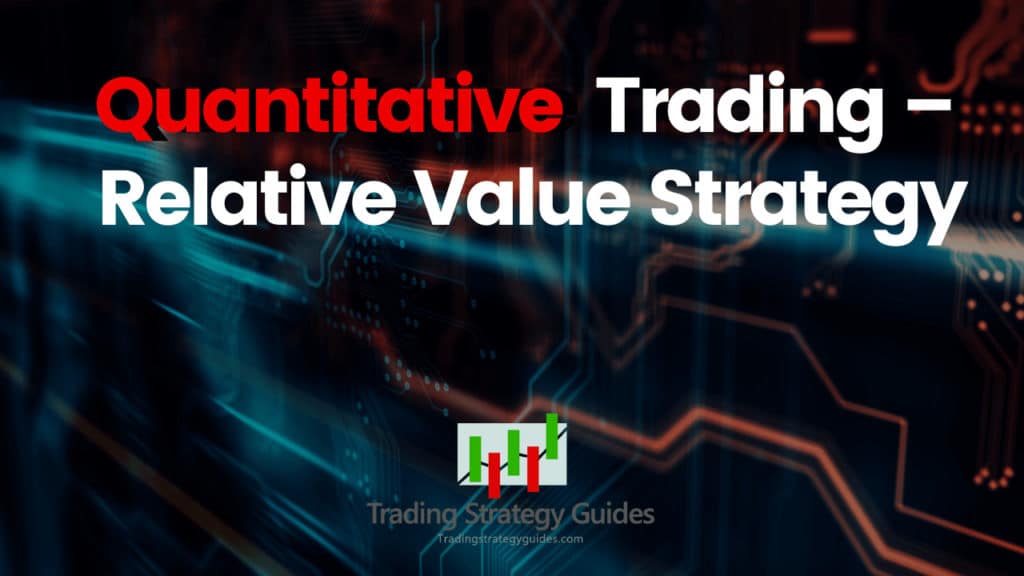
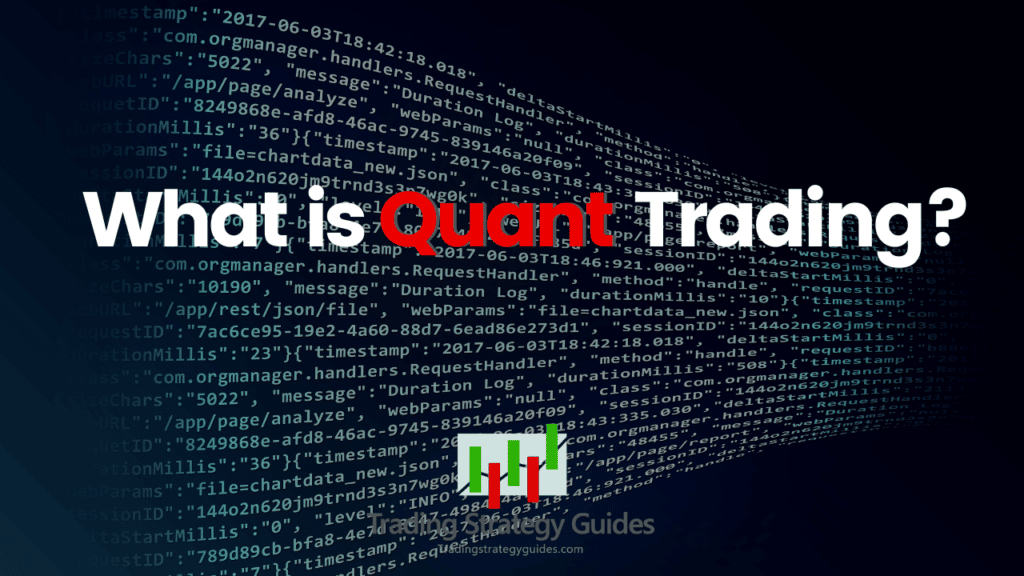
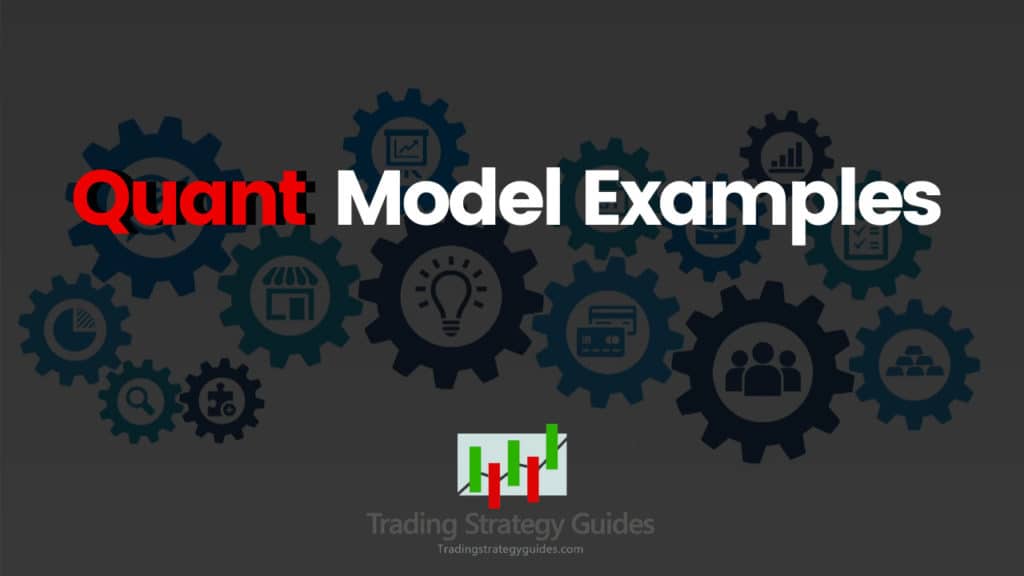
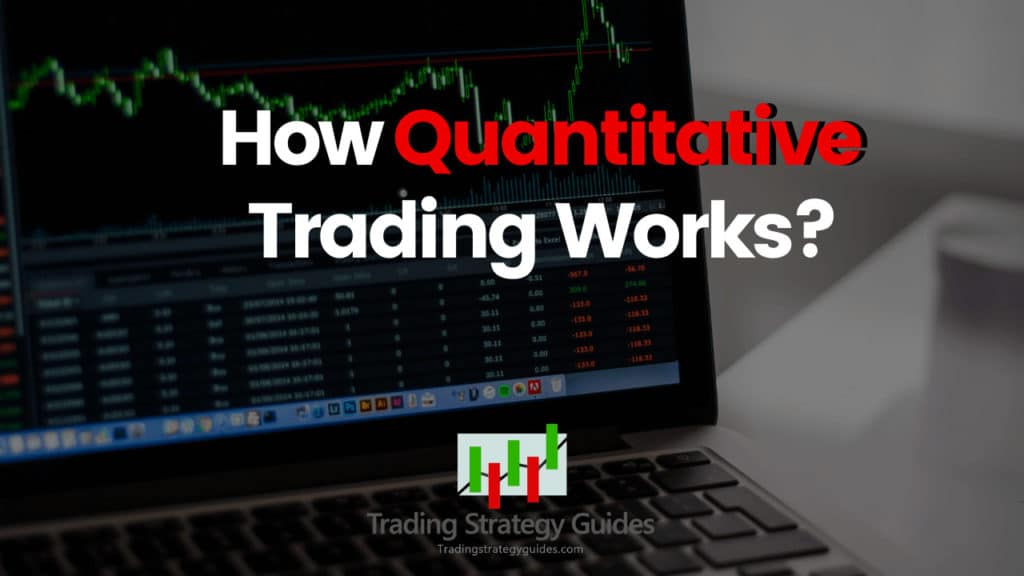
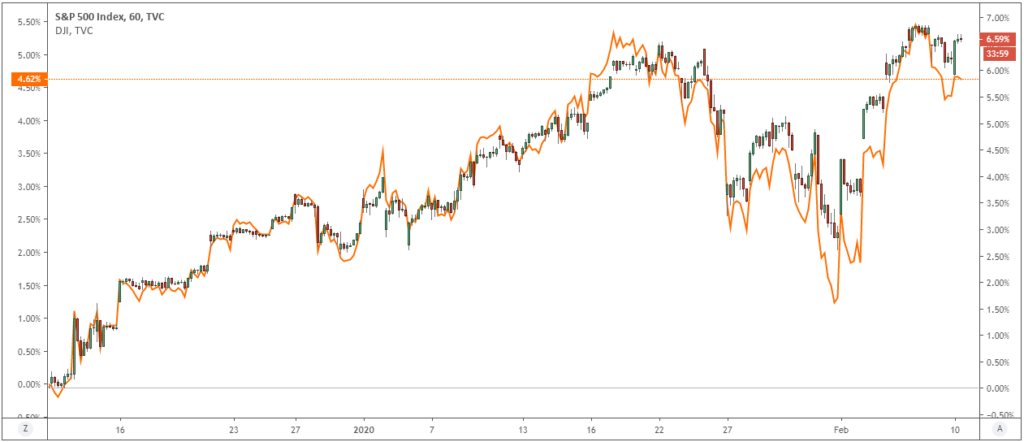
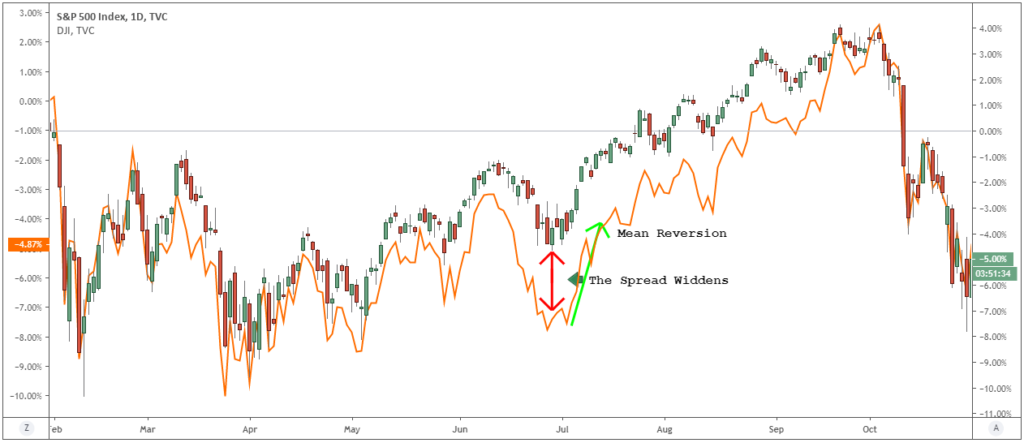

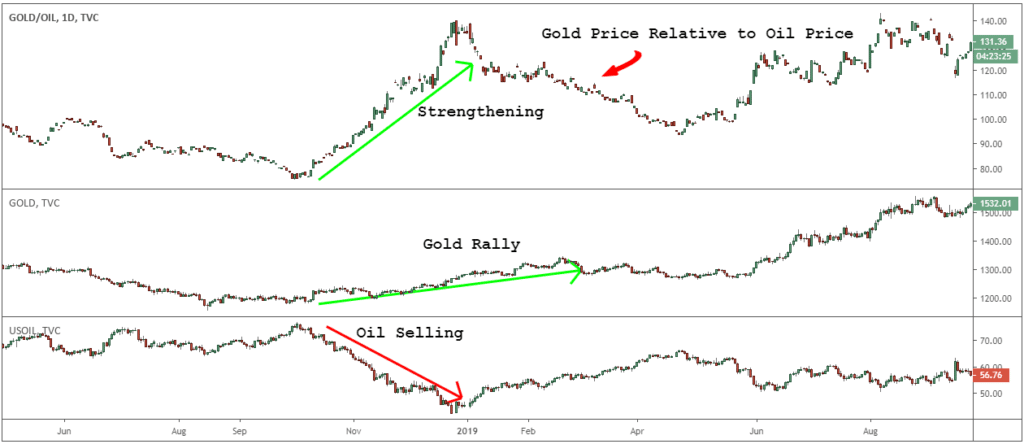
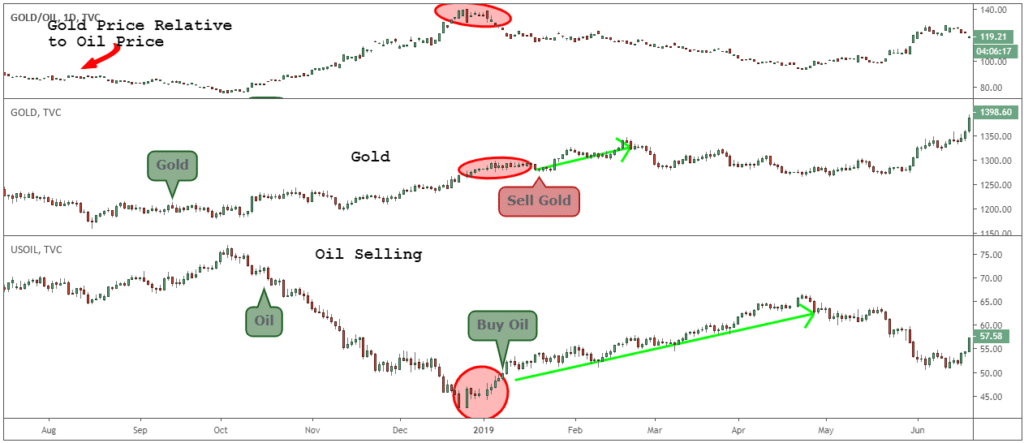
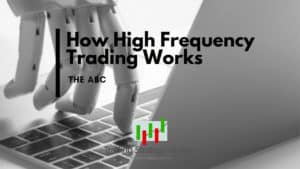




This is quite remarkable. I have been searching about trading strategies and so far this site is very helpful. I wanted to get fx leaders to help me through my trading, and I hope this could be a great pair to help me earn profits.
Awesome! We are happy to help.
I do agree with all of the ideas you have presented in your post. They are really convincing and will certainly work. Still, the posts are very short for novices. Could you please extend them a little from next time? Thanks for the post.